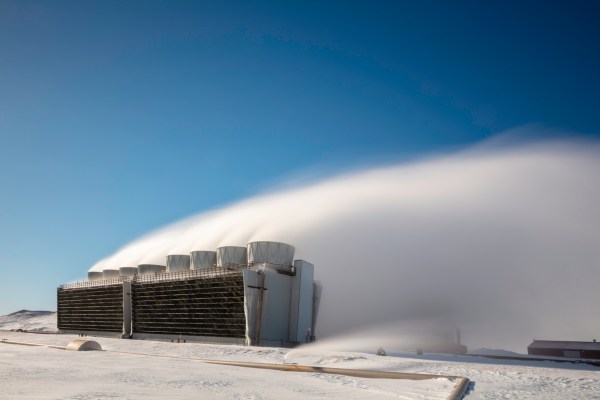Meet 5 startups working to harness the Earth’s heat to save the planet • TechCrunch


There are a few sources of power that are “free” here on Earth, namely wind, solar, hydro, and geothermal. Humans have been tapping hydro and wind for millennia, and we’re getting pretty good at harnessing the power of the sun. But with geothermal, we’re still not expertly exploiting the heat that’s generated deep within the planet.
Most commercial-scale geothermal installations are in geologic hotspots like Northern California and Iceland. At a smaller scale, many homeowners have drilled shallow wells or buried loops in their yards for heating and cooling. But to truly unlock geothermal’s potential around the globe, and do so profitably, we’ll need new ways to drill deep down and draw the Earth’s heat up.
As the world lurches through an energy transition, plenty of energy wonks talk at great lengths about dispatchable baseload power. That’s a lot of jargon. “Dispatchable” means that grid operators can ask for a plant to produce power on a moment’s notice and it’ll deliver. And “baseload” means power that can always be on, no matter the weather. Renewables like solar and wind are, on their own, not baseload power. It’s a different story if they’re paired with batteries to store power for use when the wind is calm or the sun isn’t shining. The renewables-plus-batteries combo is happening with increasing frequency, but batteries remain expensive, and why not have more options than just that?
To truly unlock geothermal’s potential around the globe, and do so profitably, we’ll need new ways to drill deep down and draw the Earth’s heat up.
Geothermal is often pitched as a carbon-free source of dispatchable baseload power, which is why energy wonks are warming to it. In a geothermal plant, a working fluid, frequently water, is injected underground, where it’s heated before being pulled up again to run through a heat exchanger or drive a turbine.
The source of heat is nearly limitless. The Earth continuously generates about 44 terawatts worth of heat, about half of which comes from naturally occurring radioactivity. That’s about 385,000 terawatt-hours of energy released every year, far more than global energy use, which in 2019 was just shy of 23,000 terawatt-hours. If we could tap into a fraction of the Earth’s heat, well, we’d have a lot of energy at our disposal.
Geothermal’s potential is coinciding with the looming decline of the fossil fuel industry, which has many engineers rethinking their careers. It just so happens that many of the drilling techniques developed for the oil and gas industry dovetail nicely with what’s required to bring geothermal mainstream.
There are a number of startups attempting to transform geothermal from a niche power source to one that could be widely deployed. Here are five that I’ve been watching.
Quaise Energy
If there was an award for the sexiest geothermal technology, Quaise Energy would probably be the winner.
Recent Posts
- Smaller businesses ‘more fearful and cautious’, Aito conference warned
- RK Janji Permudah Izin Dirikan Rumah Ibadah Semua Agama Jika Menang
- Colliers Quick Hits | From Travel Volumes to Labor Costs: 10 Trends Driving Hospitality Toward 2025
- Donald Trump watches SpaceX launch with Elon Musk, but test flight does not go as planned | US News
- Remaja Asal Bandung Jadi Korban TPPO di Saudi, Terlena Iming-iming Gaji
Recent Comments